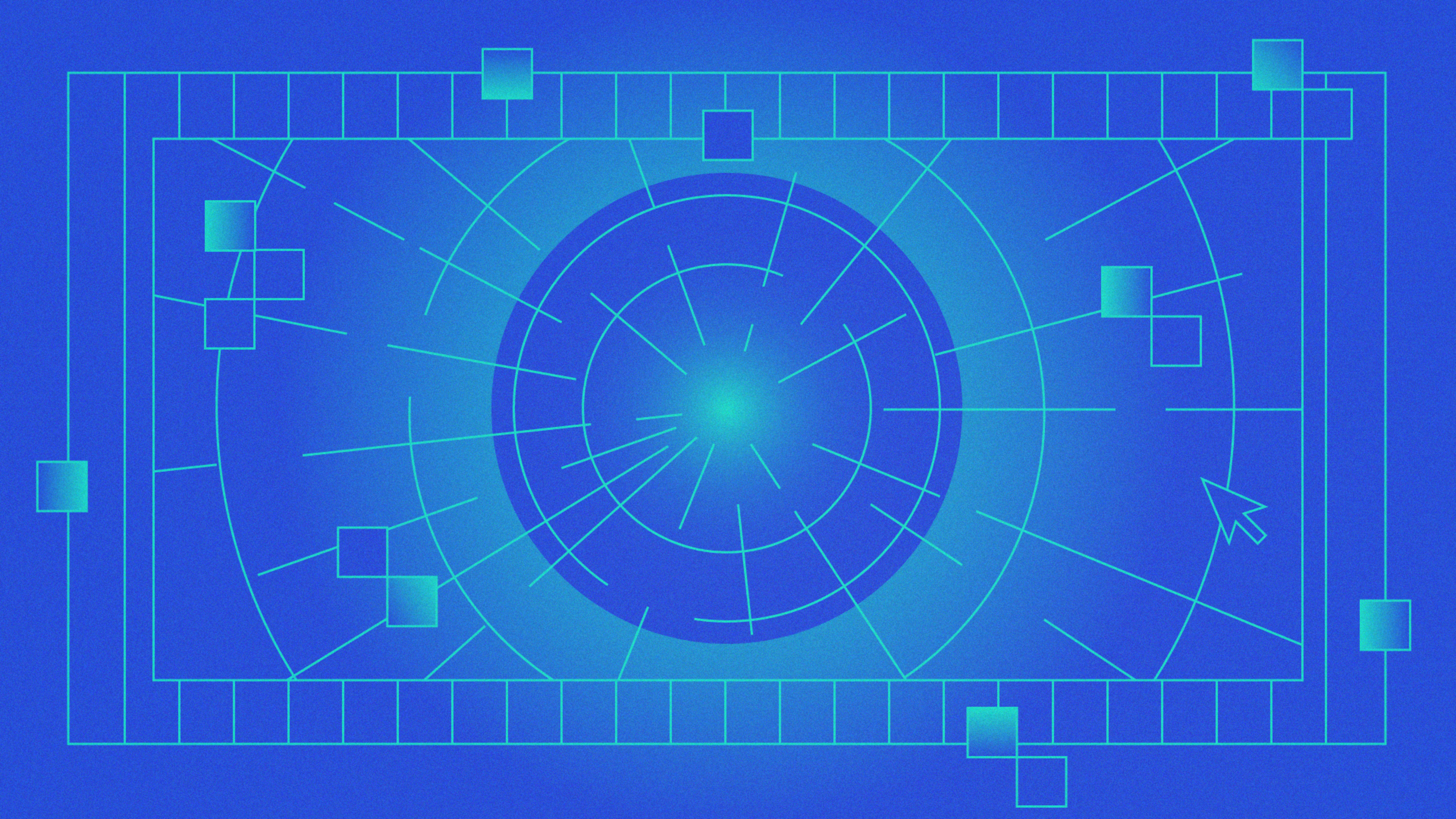
How Nintendo Can Teach Today’s Tech Companies How to Keep Pace with New Technology
Technology evolves so fast, many companies have groups dedicated to experimenting with advancements like blockchain, machine learning, or whatever other new technology has emerged since I wrote this sentence. This pace leads to unprecedented opportunities, but also unprecedented challenges around how to keep up. While this pace is—in fact—accelerating, technology leaders can find inspiration from the past to help them look forward.
In the book, Super Mario: How Nintendo Conquered America, Jeff Ryan details the fascinating timeline of Nintendo and how it’s innovated in the U.S. There are dozens of ways to be inspired by Nintendo, but in seeing how tech companies are challenged to keep pace with the accelerating pace of technological advancement, one concept stood out.
Kareta Gijutsu no Suihei Shikou. Roughly translated, this is the concept of “laterally thinking of seasoned technology.”
In other words, Nintendo succeeded by knowing when to utilize new technology. This mentality has helped underscore how they navigated many iterations on hardware and software technology—spanning over four decades—and continuously come out on top.
Nintendo succeeded by knowing when to utilize new technology.
You can find evidence of Nintendo’s patience adopting technology, from their days building arcade cabinets long after competitors had started to switch, to being one of the last consoles to move away from cartridges to CDs. But they’ve also been a leader in new technology as well. They set the pace with consoles like the Wii and their original Game Boy, and utilized cutting edge technology with games like Pokémon Go (which utilized AR in 2016).
Tech companies will find themselves facing similar challenges as the pace of technology continues to accelerate. Technology you build on today might be obsolete in 2-3 years. Thankfully, Nintendo has yielded a few principles that will help tech companies thrive with new technology, while minimizing sunk R&D costs.
Get it right before you go to market
Nintendo’s savant game designer Shigeru Miyamoto believed, “a delayed game is eventually good, a bad game is bad forever.” He delayed launches of new games on several occasions, because it wasn’t up to his standards. In a similar fashion, Apple had designs for the iPad as early as 2004, but didn’t release it until 2010, after they were certain they could pull it off technically.
To be fair, both video games (and gaming systems) and hardware are difficult to iterate on once they go to market. As a result, you have to get it right. But the principle of “getting it right” doesn’t have to apply to the end product when applying this to digital products. The “it” can mean market segment, key value prop, go-to-market strategy, etc.
And this also does not mean it cannot be changed. Even the iPad, and Nintendo gaming systems are improved almost yearly. What “it” means is the process of creating something marketable, valuable and usable and ensuring all steps are taken to ensure all three are set up to succeed.
Key Takeaway: Get it right before you go to market. First to market isn’t always more important than getting it right.
As technology changes, your vision should not
Nintendo stayed in its lane for decades. They avoided mature games (rated M, video games’ equivalent of rated-R movies) in the 90s longer than competitors. They built a culture of self-expression around the Wii, and they’ve continued making Mario a recurring brand icon to connect with newer generations of consumers.
While it’s certainly useful to experiment, long-term business value is created when the organization fully understands what its core vision is.
This has helped Nintendo understand how new technology can be utilized to help achieve their vision, rather than the other way around. Tech companies struggle when they either lack a distinct vision, or have lost sight of their founder’s original vision. Often, both startups and large corporations will take a technology-centered approach to innovation to discover what can be done rather than what should be done. On the other end of the spectrum, some companies overspend on new technology. While it’s certainly useful to experiment, long-term business value is created when the organization fully understands what its core vision is.
Key Takeaway: While you try to stay ahead of new technology, keep experimentation tightly coupled with the core company vision.
Creativity counts
One of my favorite stories about Nintendo comes from the early 80s when they still produced gaming cabinets for arcades. Nintendo wasn’t selling its first cabinet, Radar Scope, and their first president in America, Minoru Arakawa, had to figure out what to do with thousands of unsold cabinets. Rather than simply eat the losses, he spearheaded a team to create a new game that could be built right into these unsold cabinets. He paired the engineer of Radar Scope, Ikegami Tsushinki, with an unknown designer at the time (the aforementioned Shigeru Miyamoto), to create what eventually became Donkey Kong—the game that put Nintendo on the map in the USA.
Nintendo didn’t rush to create a console, nor did they make all new cabinets. Instead, they refashioned existing technology to create something entirely new. And while consoles were starting to pick up in the early 80s, Nintendo was still maximizing what they could do with cabinets—perfecting their game designs. They milked existing technology for all its worth before jumping to the next new thing.
Key takeaway: Be creative with what you already know and continue to reap the benefits of existing offerings.
Nintendo was not without missteps (Sony’s PlayStation 2 is still the all-time best-selling console, and they’d probably not like discussing Virtual Boy). But on the whole, Nintendo has navigated decades of increasingly rapid technological advancement masterfully. For today’s companies, the pace doesn’t appear to be letting up any time soon. And given that almost all new companies will be built on tech, understanding how to leverage technology strategically will be critical.



